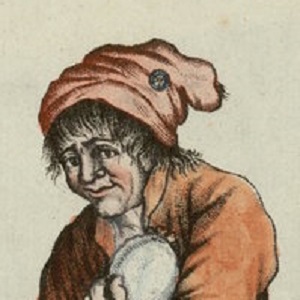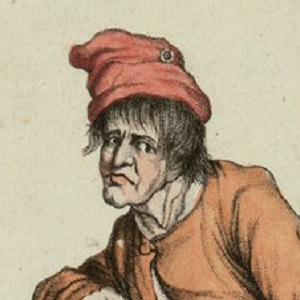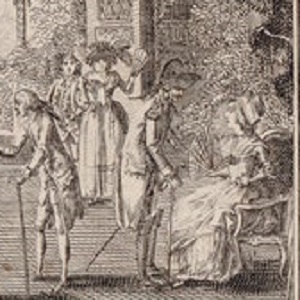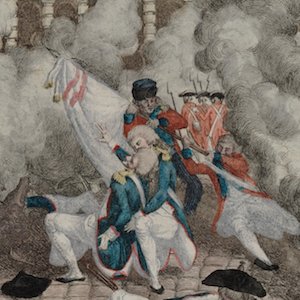Revolutions

Assassination of J. P. Marat
An arrested Corday is hustled out of the door, while the inquest begins. The expired Marat, ghastly pale, looks much more realistic than in the David rendition of his death. Also, the bath in the shape of a boot, which differs from most images, is apparently accurate.

President of a Revolutionary Committee After the Seal Is Taken Off
Critics of popular action first mastered the art of searing attacks and here sharpen their propaganda skills against this activist worker, who appears to be walking off with his "loot" after the locks have been broken.

President of a Revolutionary Committee Distracting Himself with His Art While Waiting
The shoemaker shown here is president of his neighborhood revolutionary committee. Although this engraving does not portray a specific political activity, the character evokes hostility toward laborers and artisans who involved themselves in politics. The president hardly seems presidential.

Opening of the Club of the Revolution: Circus Act
This engraving depicts a revolutionary club as a circus act complete with dancing dogs and clowns, all celebrating "the law and the King." This image might have been visual propaganda on behalf of clubs, suggesting that they could bring different people together under a big tent, in support of th

The Death of Robespierre
This engraving, based on a color portrait by Beys, depicts the death of Robespierre on the guillotine. The executioners wear not the traditional hangman’s hood but red bonnets representing liberty. This judgment notes Robespierre’s failure to the Revolution itself.

The Days of 31 May and 1-2 June 1793
Even though popular action had unseated the Legislative Assembly and replaced it with the Convention, the elections that followed had not satisfied the radicals of Paris and their artisanal followers.

Massacre of the Prisoners
Yet another image from the newspaper R*volutions de Paris shows crowds massacring refractory clergy and prisoners.

Massacre of the Priests
This image, also reproduced from the newspaper R*volutions de Paris, shows crowds massacring refractory clergy and prisoners.

Massacre of the Prisoners of St. Germain Abbey
In one of the most widely reported incidents of the September massacres, a "jury" of twelve "commissioners" was formed spontaneously in the Saint–Germain Abbey to judge the refractory clergy held there as prisoners.

Foundation of the Republic, August 10, 1792
One of the sharper engagements of 10 August between the revolutionaries and the royal defenders occurred on the palace’s steps. The caption emphasizes the revolutionaries’ point of view.